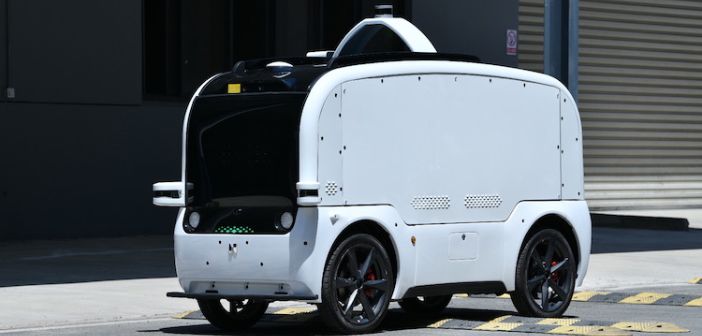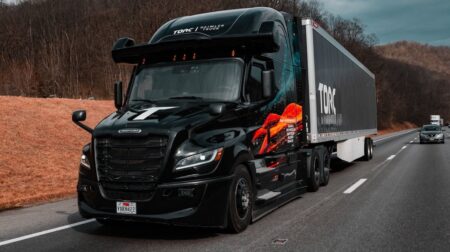Teraki and DriveU.auto have announced the integration of DriveU.auto’s connectivity platform for remote operations of Teraki’s European fleet of delivery robots.
The partnership aims to enable safe, real-world, commercial deployment of autonomous robots at scale through teleoperation. DriveU said its connectivity platform has been integrated into Teraki’s delivery robot solution, providing it with superior connectivity for teleoperation. The platform can scale up thousands of robots via cloud-based implementation.
“Teleoperation is a key enabling technology for commercial deployment of robots and autonomous vehicles, demanding a best-in-class approach in multiple disciplines,” said Alon Podhurst, CEO of DriveU.auto. “We share this vision with Teraki, and are already seeing market demand and traction for our joint offering.”
DriveU.auto has developed and is deploying software that enables both remote driving, also known as direct drive and high-level commands or remote assistance at very low latency and high reliability. Its teleoperation technology is based on proprietary cellular bonding and dynamic video encoding technologies.
Teraki added its robots will not be 100% autonomous but have a “human in the loop” on call to intervene when a robot requires assistance, ensuring safe operations in public spaces. It also reported that its algorithms can improve the accuracy of other AI models by 20%, through efficient edge processing for the extraction of high-quality noiseless data in normal and difficult conditions.
“The past two years have ushered in the ‘age of delivery,’ in which Teraki and its partners play a key role,” said Daniel Richart, CEO of Teraki.
“Our embedded, pre-processing AI-software, combined with DriveU’s state-of-the-art teleoperation offering for robots and autonomous driving in cities, has passed rigid safety tests and been proven and implemented with top companies.
“Our robots ensure efficient and emission-free deliveries that solve main last-mile delivery challenges such as courier shortages and negative unit economics.”








